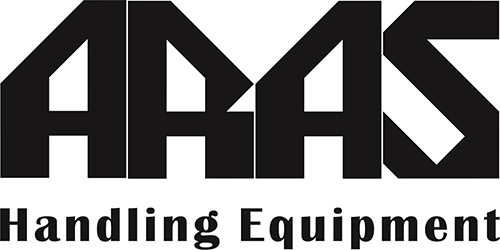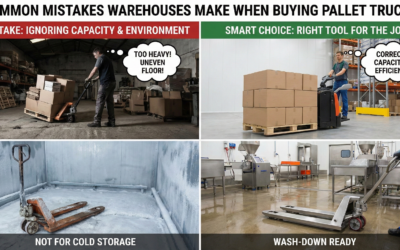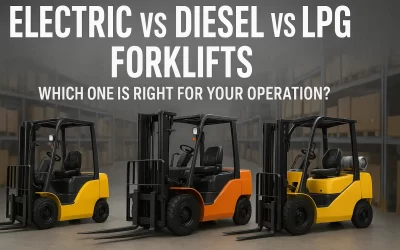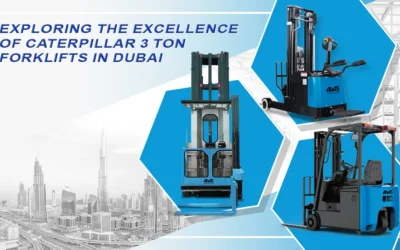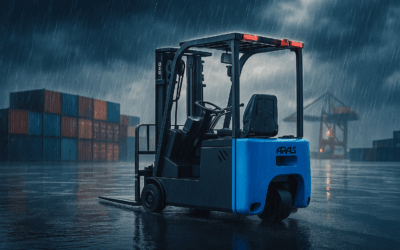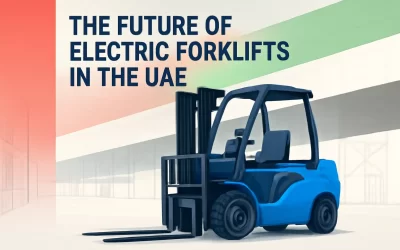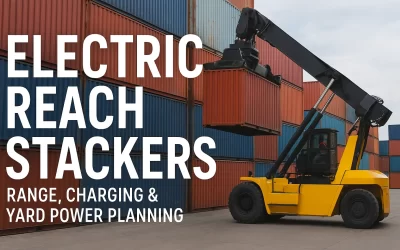The world of forklifts is diverse, with each type designed for specific tasks and environments. Understanding the Forklift Landscape is the first step to optimizing your warehouse operations.
In the bustling heart of any efficient supply chain lies the warehouse. A well-organized and smoothly operating warehouse is crucial for timely order fulfillment, minimizing costs, and maximizing customer satisfaction. A key component of warehouse efficiency is the proper selection and utilization of material handling equipment, most notably, forklifts. Choosing the right forklift for your specific warehouse operations is not merely a matter of convenience; it’s a strategic decision that impacts productivity, safety, and your bottom line. This comprehensive guide will delve into the various types of forklifts available, their ideal applications, and the crucial factors to consider when selecting.
The Cost of Mis-Matching Equipment: How to Choose the Right Forklift?
Imagine trying to drive a semi-truck through a narrow city alleyway. The result would be chaos: wasted time, potential damage, and frustrated drivers. Similarly, using an inappropriate forklift in a warehouse setting can lead to significant inefficiencies. Overspending on a high-capacity forklift when a smaller model would suffice wastes capital. Conversely, using an underpowered forklift for heavy lifting can lead to breakdowns, safety hazards, and decreased productivity. This guide helps you avoid these costly mistakes by providing the knowledge you need to select the perfect forklift for your warehouse environment.
Understanding the Forklift Landscape: Types and Applications
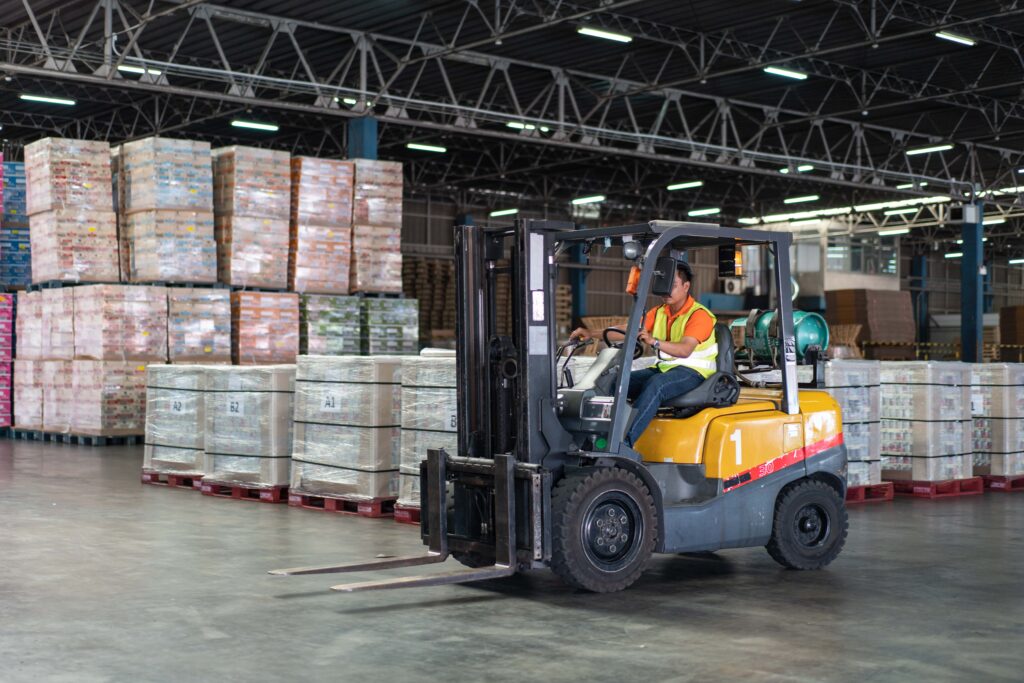
The world of forklifts is diverse, with each type designed for specific tasks and environments. Understanding these differences is the first step to optimizing your warehouse operations.
Counterbalance Forklifts (Sit-Down Riders): The Versatile Workhorse
The most common type of forklift, the counterbalance forklift is a versatile machine suitable for a wide range of tasks. Its name comes from the counterweight at the rear, which balances the load being lifted by the forks at the front. These forklifts are ideal for loading and unloading trucks, moving palletized goods, and general warehouse material handling.
They are available in electric, LPG (propane), and diesel variants.
Aisle Width Requirements:
- Typical required aisle width: 10–12 ft (3.0–3.6 m)
Typical Lift Heights:
- Standard 3-stage mast: 15–20 ft (4.5–6 m)
- High-mast options: up to ~25 ft (7.6 m)
- Ideal for: General warehouse operations, loading/unloading trucks, and moving pallets in open spaces.
- Not ideal for: Narrow aisles, confined spaces.
- Key Features: Wide range of lifting capacities, multiple fuel types, stable handling in open areas.
Narrow Aisle Trucks: Maximizing Storage Space
In today’s competitive landscape, maximizing warehouse space is paramount. Narrow aisle trucks—reach trucks, order pickers, and turret trucks—are engineered for high-density storage.
Reach Trucks
Reach trucks feature extending forks that allow them to access deep racking systems.
Aisle Width Requirements:
- Standard reach truck: 8–10 ft (2.4–3.0 m)
Typical Lift Heights:
- Modern reach trucks: 30–45 ft (9–13.7 m)
Order Pickers
Used for picking individual items, elevating the operator along with the load.
Aisle Width Requirements:
- Typically 6–8 ft (1.8–2.4 m)
Typical Lift Heights:
- Mid-level: 15–20 ft (4.5–6 m)
- High-level models: up to 35–40 ft (10.6–12.2 m)
Turret Trucks (VNA Trucks)
These exceptional machines rotate their forks 90° to access racking without turning.
Aisle Width Requirements:
- Very narrow aisle (VNA): 5–6 ft (1.5–1.8 m)
Typical Lift Heights:
- High-bay capability: 40–55 ft (12–16.7 m)
- Ideal for: High-density storage, narrow aisle designs, maximizing space utilization.
- Not ideal for: Outdoor use, truck loading.
- Key Features: High lift heights, precise maneuverability, task-specific engineering.
Pallet Jacks: Short-Distance Movers
Pallet jacks are designed for moving palletized loads over short distances.
Aisle Width Requirements:
- Manual/electric pallet jack: ~7 ft (2.1 m) minimum for turning**
Typical Lift Heights:
- Manual/electric lift height: 3–7 in (7.6–18 cm)
- High-lift pallet trucks: up to ~31 in (80 cm)
Rough Terrain Forklifts: Conquering Uneven Surfaces
These forklifts feature large pneumatic tires and powerful engines to navigate outdoor or unpaved environments.
Aisle Width Requirements:
- Outdoor environments variable; typically 12–16 ft+ recommended for reliable maneuvering.
Typical Lift Heights:
- Standard models: 10–25 ft (3–7.6 m)
- Construction-grade models: up to 30 ft (9 m)
Telehandlers: Extended Reach and Versatility
Telehandlers use a telescopic boom to lift loads to extreme heights or reach over obstacles.
Typical Lift Heights:
- Standard telehandlers: 40–55 ft (12–17 m)
- Heavy construction telehandlers: up to 75 ft (22–23 m)
- Aisle Width Requirements: Not suited for tight indoor aisles; require wide open maneuvering areas.
Read More: Top Tips for Finding the Best Forklift for Sale in UAE
Key Factors to Consider When Choosing a Forklift
Selecting the right forklift involves careful consideration of several factors.
1. Warehouse Layout
Aisle width, ceiling height, floor surface, and traffic patterns determine which equipment fits your environment.
Aisle Width Summary Table
| Forklift Type | Typical Aisle Width |
| Counterbalance | 10–12 ft |
| Reach Truck | 8–10 ft |
| Order Picker | 6–8 ft |
| Turret Truck (VNA) | 5–6 ft |
| Pallet Jack | ~7 ft |
| Rough Terrain | 12–16+ ft |
2. Load Weight and Size
Match the forklift’s capacity and fork length to your heaviest and bulkiest loads.
3. Lifting Height
Align mast height with your top rack level—plus safety clearance.
4. Operating Environment
Consider indoor vs. outdoor usage, temperature, and floor conditions.
5. Power Source (Fuel Type)
Each fuel type has distinct operating cost ranges.
Average Operating Costs by Fuel Type
(Values vary by region—these reflect common industry averages.)
| Fuel Type | Typical Operating Cost | Notes |
| Electric (Battery) | $1–$2 per hour | Lowest energy cost, charging infrastructure required |
| Propane (LPG) | $3–$4 per hour | Good balance of power and cost; quick refueling |
| Diesel | $4–$6 per hour | Highest power; used for heavy-duty, outdoor environments |
Read More: Electric Reach Trucks: Essential Guide for Efficient Warehousing in Dubai, UAE
FAQs
1. What is the best forklift for narrow warehouse aisles?
Narrow aisle trucks such as reach trucks or turret trucks work best because they operate efficiently in tight spaces and lift to high rack levels.
2. How do I determine the right forklift capacity?
Choose a capacity above your heaviest load, including pallet weight, and consider load center distance for safe lifting.
3. Are electric forklifts better for indoor warehouses?
Yes. Electric forklifts produce zero emissions and operate quietly, making them ideal for indoor and temperature-controlled environments.
4. What factors impact forklift total cost of ownership?
Maintenance, fuel type, operator training, downtime, and expected service life all influence TCO.
5. Which forklift is best for construction sites?
Rough terrain forklifts or telehandlers are best because they handle uneven surfaces and lift to significant heights.
In conclusion, Optimizing Warehouse Efficiency with the Right Forklift:
Choosing the right forklift is a crucial step in optimizing warehouse efficiency. By carefully considering the factors outlined in this guide and selecting the appropriate equipment for your specific needs, you can improve productivity, reduce costs, and enhance safety in your warehouse operations. Remember to prioritize operator training and regular maintenance to ensure the safe and efficient operation of your forklift fleet. Investing in the right forklift is an investment in your warehouse’s success and overall supply chain.
Selecting the right forklift is a multifaceted decision that requires careful planning and consideration. By understanding the different types of forklifts available, assessing your specific needs, and prioritizing operator training and maintenance, you can transform your material handling operations into a well-oiled machine, driving efficiency, safety, and profitability.
Key Takeaways for Effective Forklift Selection:
- Match the Forklift to the Task: Don’t try to force a single forklift to handle all your needs. Choose specialized equipment for specialized tasks, such as narrow aisle trucks for high-density storage or rough terrain forklifts for outdoor applications.
- Consider the Entire Operational Environment: Factor in aisle width, ceiling height, floor surface, and outdoor terrain when selecting a forklift.
- Prioritize Safety: Invest in proper operator training, implement safety protocols, and maintain your forklift fleet regularly.
- Evaluate the Total Cost of Ownership (TCO): Don’t just focus on the initial purchase price. Consider maintenance costs, fuel costs, and potential downtime.
- Embrace Technological Advancements: Stay informed about emerging trends in the forklift industry, such as automation and advanced safety features, which can further enhance efficiency and safety.
- Consult with Experts: If you’re unsure which forklift is right for you, consult with material handling experts who can provide valuable guidance and support.
By adhering to these key principles, you can ensure that your forklift investment contributes significantly to the success of your warehouse operations and your overall supply chain. The right forklift is not just a piece of equipment; it’s a strategic asset that empowers your business to thrive.
